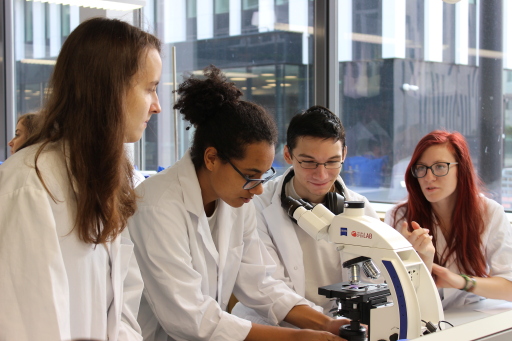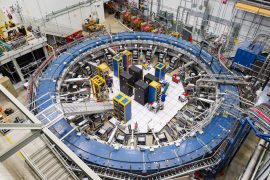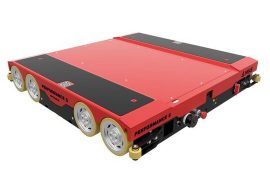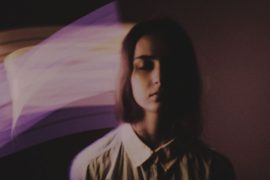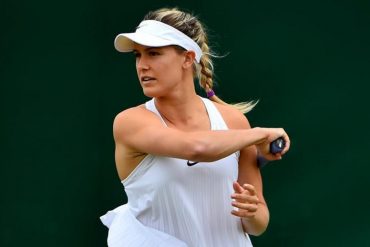Ministry of Education provides 9.5 million euros – OeAD continues successful collaboration between research and educational institutions as a national education agency
Vienna (OTS) – With “Sparkling Science 2.0” children, teens and interested adults should also be brought in to research. Universities, technical colleges and colleges of education – if possible with partners from business and society – can apply for a total of €9.5 million, which the Ministry of Education provides for the funding programme. OeAD, Austria’s agency for education and internationalization, implements “Sparkling Science 2.0” on behalf of the Ministry of Education.
The call for applications will start from September 1, 2021. This project may start in the school year 2022/23. The maximum funding amount per project is 350,000 Euros. Additional funding is available for two subject areas “Development of citizen science information through international networking” and “Science in schools”. Individual contribution is at least ten percent of the project amount.
“The past few months in particular have shown how important it is for children, youth, but also interested adults to have access to science and research and to be inspired to do research. With Sparkling Science 2.0, the Ministry of Science Innovative Research- is making available a total of 9.5 million euros as part of the first call of proposals to promote educational cooperation. The next call for tenders is planned in two years”, announced Federal Minister Heinz Fassmann.
OeAD Managing Director Jacob Kallis stressed: “Science and research are of central importance in our society. This has been shown once again, not least by the consequences of COVID-19 and the virus, from the vaccination debate to scientific information. It is therefore important to counteract skepticism about science with excellent funding programs like Sparkling Science. No other European country gives children and young people such an opportunity to immerse themselves in the world of science and research.”
Sparkling Science Research Partner Exchange
To help schools, research institutes, universities of teacher education and business and society partners in advance to network, OEAD offers four padlets. Organizations can use this to indicate their interest in collaborating on a citizen science project. All information on the Sparkling Science Research Partner Exchange and brief instructions on how to use the paddle can be found on the OEAD program website.
https://zentrumfuercitizenscience.at/
About Sparkling Science
From 2007 to 2019, the “Sparkling Science” research funding program funded a number of innovative projects in which school children research current scientific topics, supported by their teachers and side by side with researchers. In all, more than 107,000 people from 200 research institutes, 535 schools and 185 partners from business and society participated in the 299 funded projects. Over 101,000 school children researched together with over 4,200 scientists and students and supported by over 2,600 teachers on interdisciplinary and interdisciplinary projects. In total, about 35 million euros were available for it over 13 years. Funded projects covered a wide range of research topics and ranged from ornithology to nanomaterials and robotics to animal nutrition, research into ancient texts and assisted living from the environment.
The first round of the follow-up program “Sparkling Science 2.0” will begin on September 1, 2021.
Examples from the last few years
In Vienna, among others, students from HTBLVA Spengergasse together with researchers from the Medical University of Vienna analyzed a “genetic map of the skin”. One of the main goals of this project was to present the abundance of data in a simple and clear way. Here, students contributed their expertise and developed a new computer program, which is freely accessible and usable to researchers in the sense of Open Access since the end of the project.
In the “Green4Brain” project led by the University of Natural Resources and Life Sciences, schoolchildren from three Viennese schools examined the restorative effect of (open) school spaces in comparison to green spaces. Youth were involved in all areas of the project. In method workshops, they learned about various work methods and measurement tools for recreational research, environmental medicine, and technology, which they could apply directly to the project in practice. Formats of collaboration with schools range from individual school hours to several hour-long workshops or entire project days. Young people particularly interested in the subject also had the option of completing an internship at the University of Natural Resources and Life Sciences in Vienna in the summer and thus gain a more detailed insight into scientific working life.
In Styria, for example, the Pirka primary school, MS Vorou and Ferdinandum in Graz, as well as HLW Schrödinger and HLW Krieglach together with researchers from the University of Graz, examined selected dishes from the Middle Ages. Nourishing Middle Ages ”Project. The preparation and dissemination of results took place for different ages and target groups: in addition to an expert conference and publication, a cookbook, a cooking show, a children’s cooking blog and teaching materials for different school levels and types were created, which should be Enabling teachers to focus on nurturing should be shaped in different cultures over time in the future. Facebook, Instagram, and a bilingual WordPress blog drew the attention of the general public to the topic and opened up additional opportunities for participation.
Research was also conducted in western Austria. For example, researchers from the University of Innsbruck, together with MS Zürl and students from the secondary and sports school Königsweg, investigated snowfall on the Jamtalfurner. The “Black.Ice” project aimed to define for the first time the impact and role of microorganisms in relation to the melting of an alpine glacier.
More information and advice
Authorized to submit the following:
- universities, private universities, non-university research institutes;
- University of Applied Science Curriculum and Applied Sciences;
- Teacher Training College;
- Non-profit associations or associations, companies or NGOs that pursue a scientific purpose and work closely with universities, technical colleges or non-university research institutions within the framework of funded projects.
Applicant institutes can get more details on OEAD website. On September 2, OeAD is also offering an information program and in the following weeks, three Q&A sessions to clarify open questions.
Related Links
www.sparklingscience.at
https://bit.ly/3DAjfbv
For Padlets: https://bit.ly/3gQ8fNz
To register for the Information event: https://bit.ly/3Dz9vye
Inquiries and Contacts:
federal ministry for education, science and research
magazine. Deborah Noby
+43 1 53120-5026
Deborah. Knob@bmbwf.gv.at
www.bmbwf.gv.at
OeAD – Agency for Education and Internationalization
Magazine Ursula Hilmar
+43 1 53408-270
Make it fast@oad.at
www.oad.at

Web guru. Amateur thinker. Unapologetic problem solver. Zombie expert. Hipster-friendly travel geek. Social mediaholic.

